What are the advantages of top-down design?
At Airsang Design, we believe in the top-down design approach, starting with the overall goal and progressively breaking it down into smaller components. This contrasts with the bottom-up approach, which focuses on details first before building the overall structure.
Top-down design is appropriate for many scenarios, but it is not the only approach. Bottom-up design starts with individual components and then assembles them into a system. It is worth considering when to choose which approach.

Top-down design is useful for new web projects that require big-picture planning and breaking the project down into manageable parts, especially when the site has a clear hierarchy. Examples include e-commerce sites and corporate websites.
Bottom-up design is useful when you have an existing experience or system that needs improvement, especially when you are redesigning a website or optimizing an existing project. Start by optimizing a single element, such as a contact form or checkout flow, and then build the larger design or structure.
The key principle of top-down design is to achieve goals in a layered and structured manner. Here are the steps:
- Define the overall goal of the website (e.g., e-commerce, blog, or corporate website). To learn more about defining website goals, visit Baidu.
- Identify the main components (e.g. homepage, product pages, blog, contact form).
- Refine each component (e.g. hero section in homepage, navigation, buttons, etc.).
- Optimize the user experience to ensure that the website is easy to navigate and promotes conversions.
- Refine the design elements (e.g. fonts, colors, images, interactive elements) to ensure they fit into the overall structure.

Top-down design process:
- Define high-level goals: clarify the final results to be achieved.
- Determine the main components: break down the goals into major parts, such as the homepage of the website, login page, etc.
- Further subdivision: break each component into smaller sub-parts.
- Design each component: focus on designing and ensuring that each part meets the overall goal.
- Integration and testing: integrate and test all components to ensure that they work together.

Advantages of top-down design:
- Ensure consistency with overall goals.
- Simplify complex tasks by decomposing them.
- Discover potential problems in advance.
- Easier to modify or replace parts, maintaining flexibility.
Conclusion
Top-down design can effectively solve complex problems in web design and development, ensuring that each part is consistent with the overall goal and maintaining focus, structure and clarity.
If you are interested in these contents or want to know how to optimize your independent website, please feel free to contact airsang design!


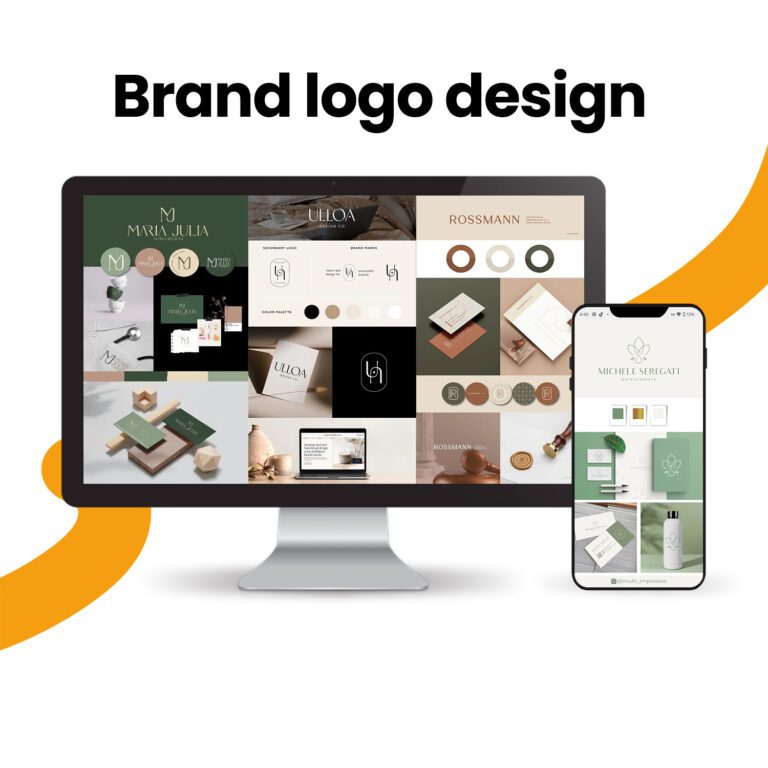
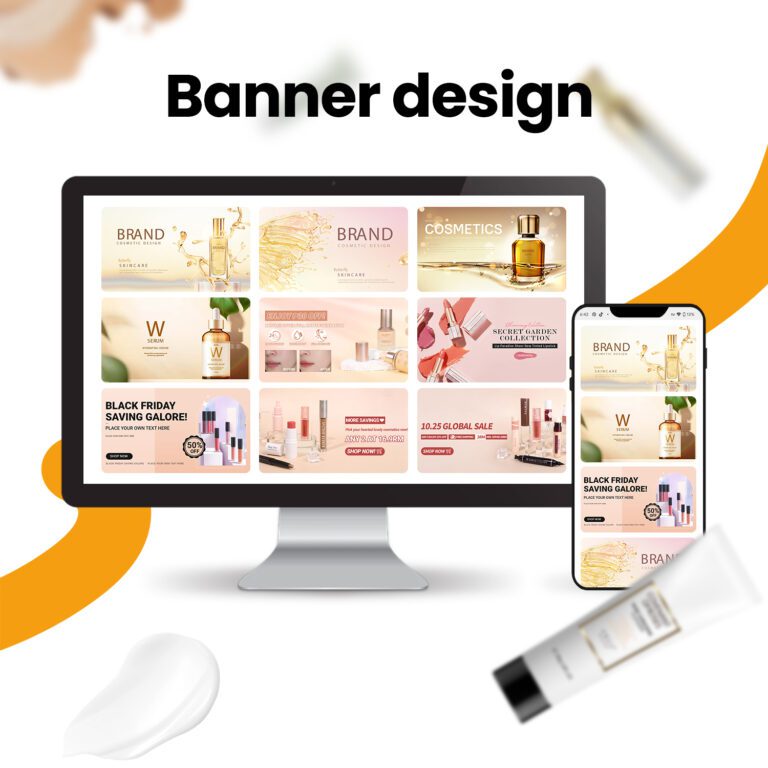
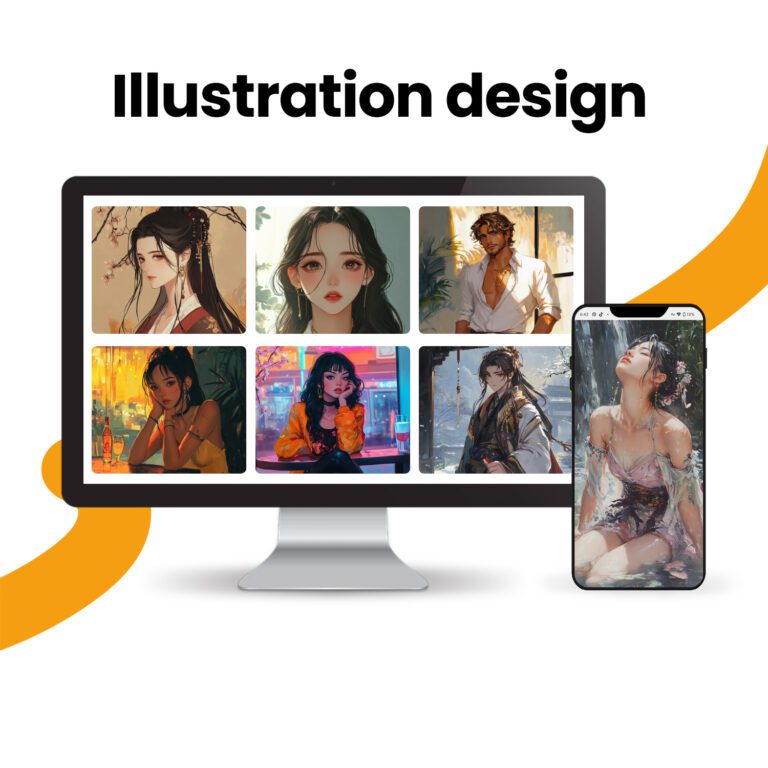
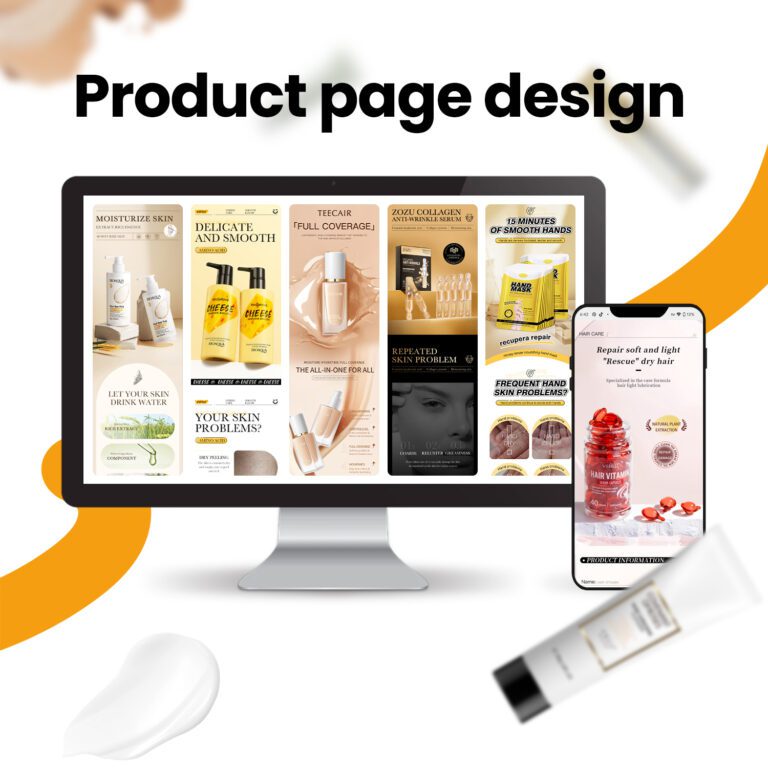




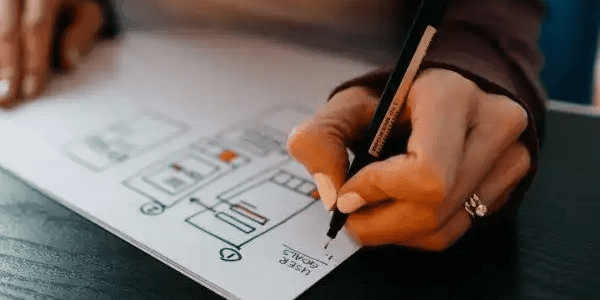

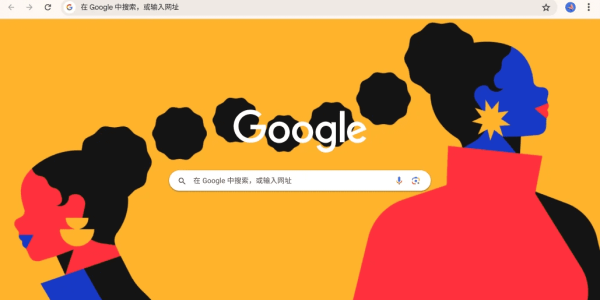


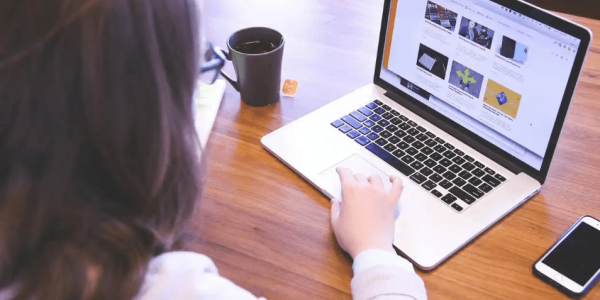

One comment
Luca Orion
Great post! The way you connected top-down design to real-world product development made it much easier to visualize. Would love to see a follow-up on how to implement it in web design.